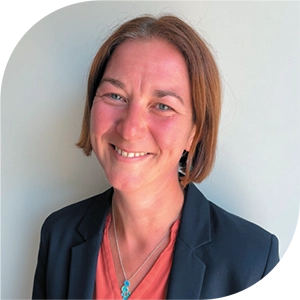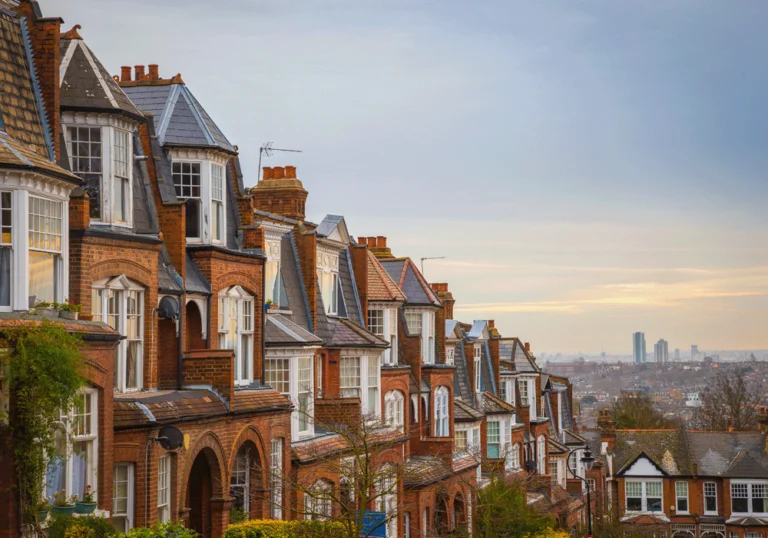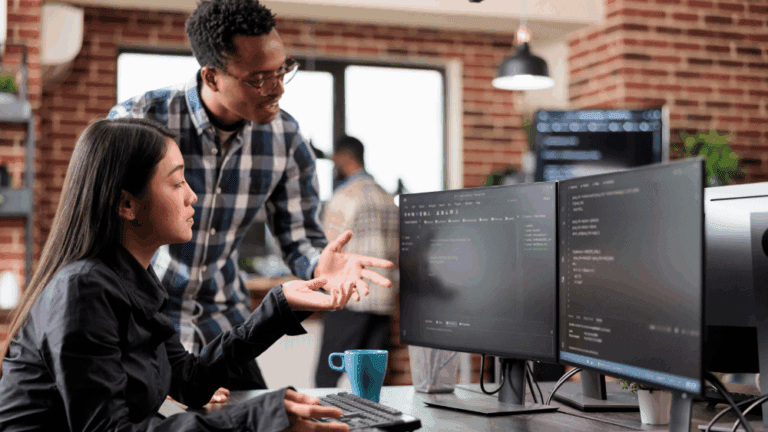
Capital allowances and VAT implications for property buyers
When buying or selling commercial property, it’s important to understand how capital allowances and VAT work together. Capital allowances can give tax relief on items like fixtures, furniture, and equipment. At the same time, VAT rules affect how much tax is paid or reclaimed during a property deal. If handled well, both can lead to big savings. But if ignored, they can cause problems and missed opportunities.
Capital allowance considerations
Capital allowances may apply to commercial properties used for trading or rental business, covering qualifying plant and machinery expenditure. This can give tax relief of up to 100% in the year of capital expenditure.
Moveable items of plant and machinery, such as furniture and computers, will qualify for allowances. However, capital allowances can also be claimed on qualifying expenditure on fixtures within a property. Examples include electrical systems, bathroom sanitary ware and hot and cold water systems.
For commercial properties, expenditure incurred on construction works may include expenditure eligible for the structures and buildings allowance (SBA).
Expenditure incurred on residential properties is not eligible for allowances unless the property is a qualifying furnished holiday let (FHL). The special FHL regime tax rules were abolished in April 2025. However, a claim may still be made if the property was a qualifying FHL in the period to 31 March 2025 for companies or 5 April 2025 for individuals.
Capital allowance considerations on property sale/purchase
When selling property with claimed capital allowances, the seller and purchaser should agree on the fixture value for capital allowance purposes. This will usually take the form of a s198 election.
Sellers often agree a low price to retain previously claimed allowances and avoid a clawback of tax relief. Sellers should consider including a note in the marketing particulars if they intend to retain capital allowances.
However, it is likely to be advantageous for a purchaser to ask for a higher figure to maximise the tax relief available on the purchase of the new property.
The seller is normally in the driver’s seat in relation to proposing what allowances (if any) will pass to the purchaser. This will often come down to commercial negotiations. Review the commercial properties standard enquiries (CPSE) responses early to identify capital allowances opportunities and ensure they’re properly considered during the transaction process.
If fixture allowances haven’t been claimed, the seller can still make a claim and potentially benefit before the sale completes. The seller can retain the benefit of a capital allowances claim or choose to pass part of it to the purchaser. In order for the purchaser to claim, the seller may be required to ‘pool’ the expenditure. As a purchaser, if the seller has not claimed any capital allowances, it may be possible to include certain contract wording and for a specialist survey to identify any claimable items within the property.
If a commercial property on which the seller has claimed SBAs is being sold, then a statement will need to be provided to the purchaser. The allowances stop being claimed by the seller and can be claimed going forward by the purchaser. Any SBAs claimed by the seller will be added to the disposal proceeds in computing their capital gain on disposal. Therefore, unless the seller is able to rollover the capital gain into purchasing another qualifying asset, they could have a more significant capital gain on which to pay tax.
VAT considerations
With regards to the sale of properties, residential properties are usually exempt from VAT. Commercial property may be standard rated (20%) if the seller has opted to tax or the sale is of a freehold under three years old.
If VAT is charged, the buyer may be able to reclaim the VAT paid if they are VAT-registered and use the property for taxable business purposes. The option to tax can be revoked by completing form VAT1614J. However, this can only be done after 20 years have passed since the option took effect.
If the property is tenanted, and the buyer is continuing the same business, the sale may be outside of the scope of VAT, avoiding a VAT charge. This is often referred to as a transfer of a going concern (TOGC).
A further point to note is that adjustments to capital allowances may be required due to VAT changes under the capital goods scheme. If the use of an asset changes, additional VAT payments or repayments may affect the capital allowances calculation. These VAT adjustments under the capital goods scheme will transfer to a buyer when a property is acquired as a TOGC.
Our capital allowance and VAT specialists can help


Jon Watson
Manager, tax
Michelle Branch
Manager, VATContact a property tax specialist
Have questions about capital allowances or VAT on property transactions? Whether you’re buying, selling, or advising, we’re here to help.











